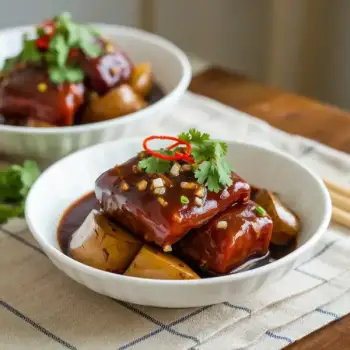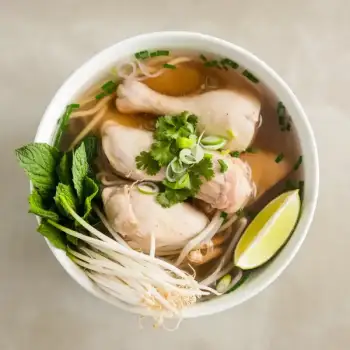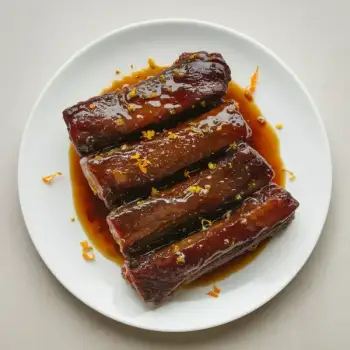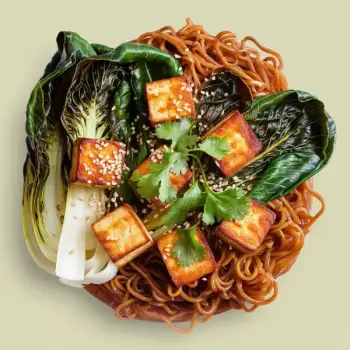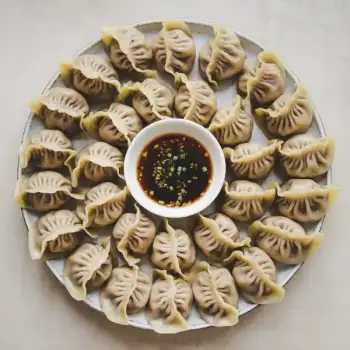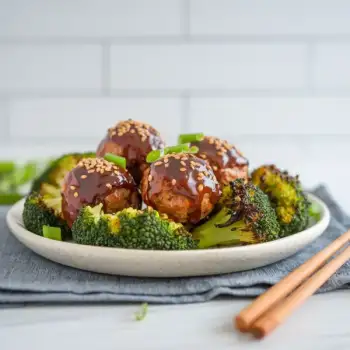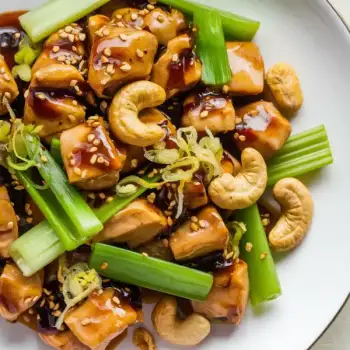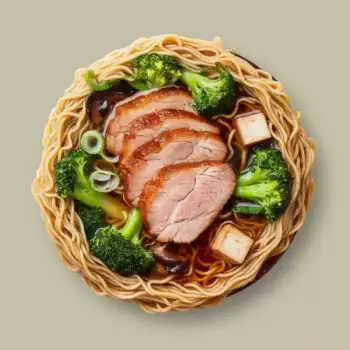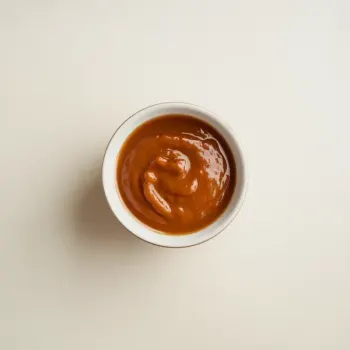


Tub
Larger quantities of hoisin sauce may come in plastic tubs, which are useful for frequent users or commercial kitchens.
Jarred
Similar to bottled, but in glass jars, which some cooks prefer for maintaining flavor and avoiding potential interaction with plastic.
Bottled
Hoisin sauce is most commonly found in bottles, which can range from small to large sizes depending on the brand and intended use.




tub hoisin sauce: Huy Fong
jarred hoisin sauce: Kikkoman
bottled hoisin sauce: Lee Kum Kee

Glazing: Apply Hoisin Sauce to meats or vegetables during the last few minutes of roasting or grilling to create a sticky, caramelized coating.
Marinating: Use Hoisin Sauce as a base for marinades, mixing it with ingredients like soy sauce, garlic, and sesame oil. Marinate proteins for several hours to tenderize and infuse them with flavor.
Stir-frying: Incorporate Hoisin Sauce into stir-fries by adding it towards the end of cooking. This allows the sauce to coat the ingredients and heat through without burning.




